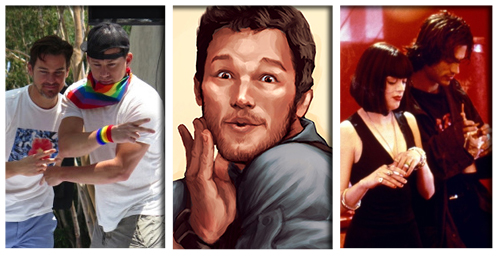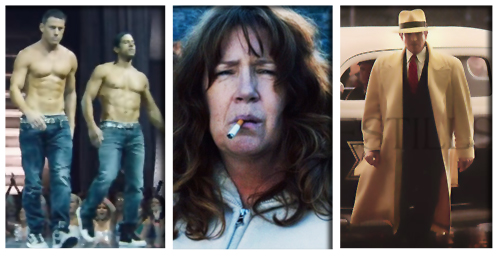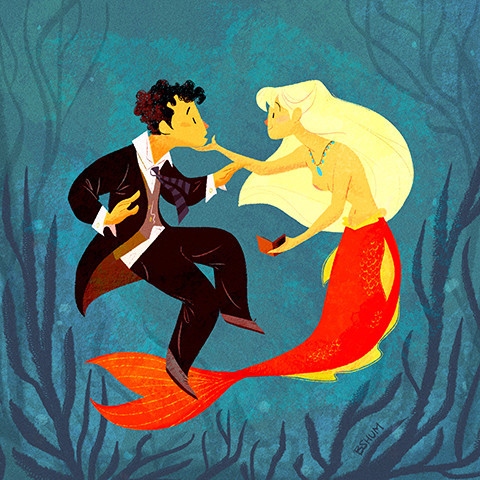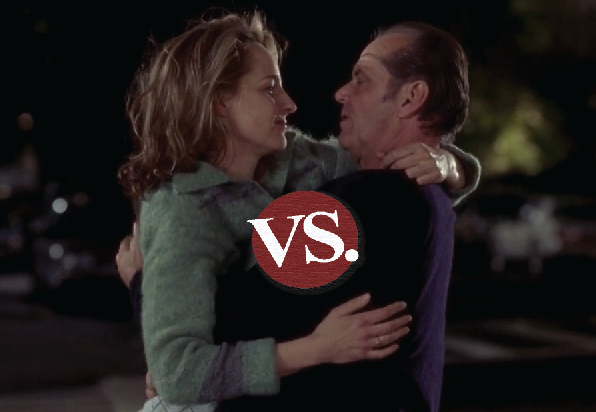Links Today. ANN DOWD Thursday!
 Tuesday, June 16, 2015 at 11:13AM
Tuesday, June 16, 2015 at 11:13AM The Guardian have you heard about the school Tilda Swinton helped found in Scotland? Is there no end to her wonder?
HugoHugo made a cheeky piece of Jurassic World / Chris Pratt fan art "Clever Girl" that went viral immediately. Sadly almost no one is crediting the source!
Deadline in the absolute worst "WHY?" inducing news of the week, Maleficent is getting a sequel. I mean, the answer is "Money, duh!" but in TFE's opinion if the answer is only "money" to any movie-making question than we have a problem in the movies
In Contention Kris Tapley thinks Inside Out is Pixar's best film (quite a statement)

MNPP shares the happy news for Winona Ryder fans "Noni got a job!" i.e. a lead role for once - new Netflix show
Screen Crush on the rise of "selective sequels"
Towleroad Kristen Stewart's mother confirms that her daughter is dating a female personal assistant. Adds a whole new eyebrow raise to how damn good Kristen was pretending to be a female personal assistant in Clouds of Sils Maria, doesn't it?
VF BD Wong talks villainy in Jurassic World
The Mary Sue knew that it was necessary to remind genre writers that there are ways to motivate your female characters beyond being raped (sigh)
The New Yorker Perez Hilton, celebrity offspring and #NoKidsPolicy
Uproxx Mike Ryan continues to be awfully skilled at the art of the celebrity interview. Here is Amy Poehler on Parks & Recreation and Inside Out and even the Golden Globes
Towleroad has a new look / redesign. Check it out. Lot easier navigating to the types of stories you're interested in
MNPP remembers Jonathan Schaech's beauty as The Doom Generation (1995) turns 20. What a trippy movie that was back in the day
Boy Culture Burlesque star Blaze Starr -- Lolita Davidovich played her in the movie Blaze (1989) -- has died
Nights in WeHo The stars of Magic Mike XXL came out in full force for LA Pride. Smart outreach.
Programming Notes
Ann Dowd is a very busy woman -- talent like that will fill up your schedule -- so we've had to do some tinkering with this week's schedule. So this week's gone a bit crazy and everything's been pushed back to Friday (Women's Pictures & our Best Shot edition of Magic Mike) and Ann will be taking over Thursday! This is the last time that you will ever read "Ann Dowd" and "Magic Mike" in the same sentence unless she has a surprise cameo in XXL that we don't know about.

P.S. You'll also notice that there are suddenly dozens of articles about Warren Beatty's Dick Tracy (1990) up around the web. This occassion is the 25th anniversary of its initial release today. Sadly none of these "it's so beautiful!" odes to the movie's exquisite visual work link back to our Hit Me With Your Best Shot episode (we celebrated the movie two weeks ago) but what can you do?! "Best Shot" remains the web's Best Kept Secret of Cinephilia Eye Candy.
Here's what's up next in that series. Join us and spread the word so it's less hush-hush, y'all.










